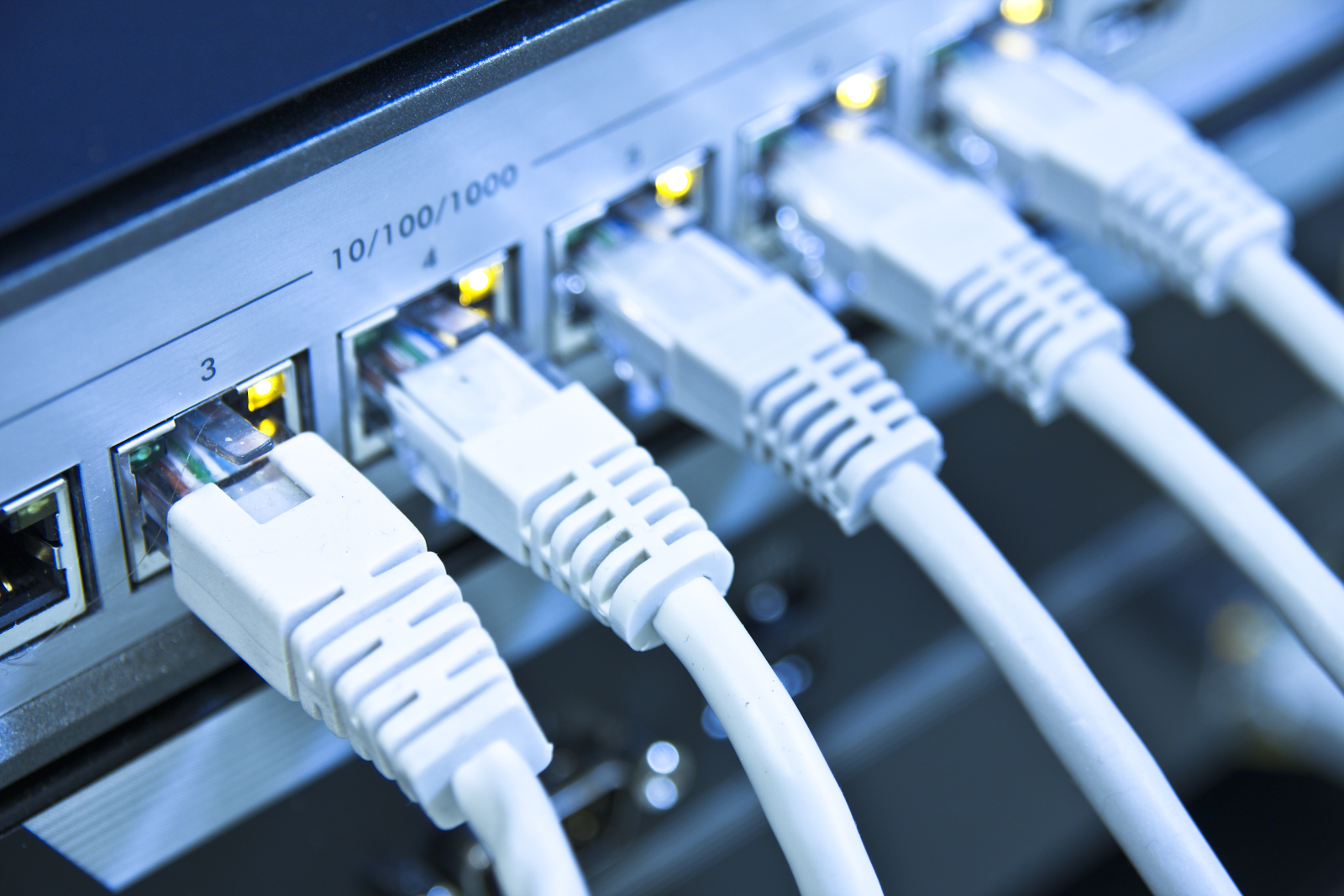
Be it your connectivity to the internet, internal networking (such as WiFi), servers, or remote access connectivity, there is no shortage of networking assets in your business.
However, as valuable as these assets are — and they certainly are, without a doubt — they are also vulnerable to external cyber attacks. In some cases, it just takes someone to get a hold of your WiFi password so they can log in and launch a virus into your IT system.
In turn, these attacks can cause you significant fiscal costs and, potentially, place you among the 60% of companies that close down within 6 months of a cyber attack.
You can’t take network security issues lightly.
Cisco defines ‘network security’ as “any activity designed to protect the usability and integrity of your network and data.”
More on Small Business Network Security Issues:
- Is Your Network Vulnerable? Why You Need a Cyber Security Assessment
- Top 3 Ways to Reduce Your Business’ Cybersecurity Risk
- How Managed Cybersecurity Can Protect You Against Cyber Threats
Below, we examine 4 network security issues common in small businesses:
The Most Common Network Security Issues for Small Businesses
1. Privilege Creep / Eroding Access Control
One of the key facets of maintaining network security is enforcing access controls, i.e., restricting access to applications, systems, admin rights, etc to only those who require those specific capabilities for their job.
Besides reducing the chances of sensitive assets falling into the wrong hands, such as a negligent employee or a malicious insider, it also reduces your exposure by keeping that access confined into only the hands of a few people.
However, with time, some businesses fall into the trap of ‘privilege creep’.
This is when users are gradually given access privileges on their computers or software beyond what’s needed for their jobs. As a result, your exposure to cyber risks increases.
Enforce the Principle of Least Privilege
The solution to privilege creep is to implement the concept of ‘least privilege’ — i.e., only provide privileges in response to your end-users’ job requirements. Otherwise, block and refrain from providing access beyond what the end-user requires for their work.
Can’t Afford to Hire a Top Quality Network Security Team?
Ours is Ready to Help, Today.
2. Open Network Architecture
The second network information security issue small businesses have is that many of them operate on open network architecture.
This basically means that any one of their computers can access any resource on their network regardless of whether the user of that computer needs that access or not.
For example, the marketing intern could browse and download the accounting team’s files each time computers from both teams are on the same network.
There are several reasons for this happening, not least the fact that some businesses never conducted an audit of the situation or considered it a risk.
Network Access Control
Like user access control, the goal of network access control (NAC) is to manage access to your network and its assets. The aim is to ensure that people are only accessing what they need for their jobs and, as importantly, that outsiders are kept out.
For example, even if an outsider manages to get your WiFi password, with NAC you can deny their devices the authentication they need to access your assets.
3. Lack of Network Filtering
Besides being easy to access, another issue small business networks have is that they lack sufficient network filtering capabilities.
For example, they may lack firewalls — or the firewalls may not be advanced enough — to monitor traffic and block access to malicious websites/traffic sources..
Likewise, small business networks may lack the ability to scan downloads. The risk here is that in case an employee downloads a malicious program, your IT system has no way of recognizing and sandboxing it before it activates.
Though training to spot and stop phishing is key, the ability to prevent such emails from even reaching them in the first place will reinforce your security by a wide margin.
You can do this by setting up and properly configuring email servers (with DEMARC, DKIM or SPF records) and using an effective email security service, like Mimecast.
Next Generation Firewalls (NGFW)
The benefit of a NGFW is that it provides internet traffic and download filtering. However, there’s more to NGFWs than just buying hardware, but ensuring that your NGFW is also properly configured, maintained, and when necessary, upgraded to handle new threats.
4. Lax Network Processes
Though computer network security issues can arise from the lack of systems and proper configuration, many small businesses also have process issues.
These issues include:
- Displaying the Wi-Fi password on whiteboards or in the open.
- No guest network (i.e., letting outsiders use your main network).
- Permitting staff to use personal devices for work without a Bring Your Own Device (BYOD) policy to impose access controls.
Overcoming Network Security Issues
Network security issues come from multiple areas, including technology, configuration, and processes. You need to shore up your network security, but going about it haphazardly will not be an optimal use of your resources.
To avoid the risk of missing your gaps or misallocating your IT security spending, start by getting a proper audit of your network security. Next, get a complete team of network security experts to implement your changes. If you lack the resources to do this internally or via hiring, then find a managed IT services provider (MSP) to help you instead.
It takes a full-time team of cyber security experts to keep your network secure from today’s ever-evolving threats. You can’t build that team today, but you can certainly get it from Power Consulting. Start with a FREE consultation today.


